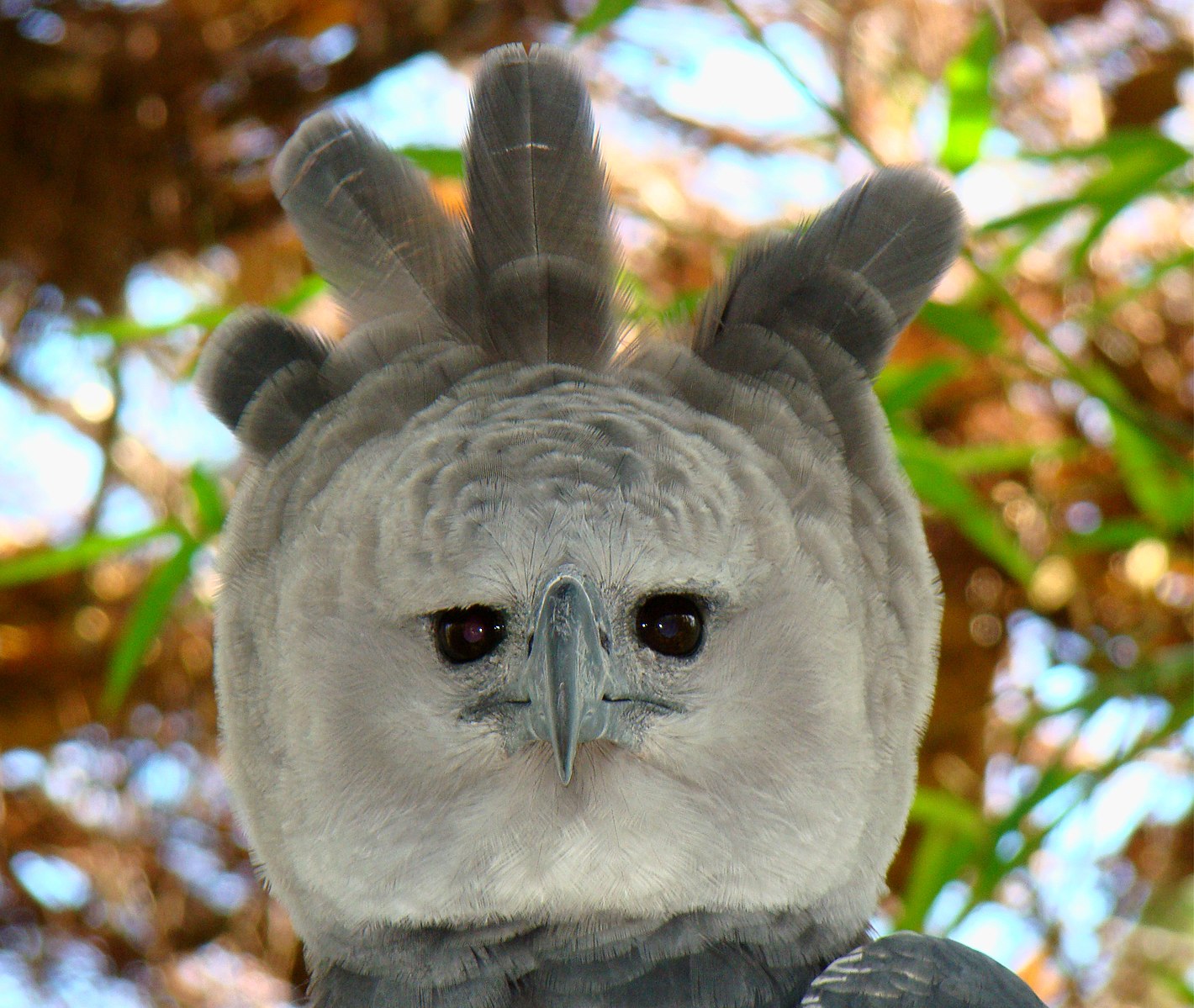Harpy Eagles are not cold-blooded animals, but rather warm-blooded raptors that are well-adapted to hunting and surviving in dense forests. As birds, Harpy Eagles maintain a constant internal body temperature and are active during the daytime, a trait known as diurnality.
Harpy Eagles’ Warm-Blooded Nature
Harpy Eagles, like all birds, are warm-blooded animals. This means they have the ability to regulate their own body temperature, keeping it relatively constant regardless of the surrounding environmental temperature. This is in contrast to cold-blooded animals, such as reptiles, which rely on external sources of heat to maintain their body temperature.
Harpy Eagles have several adaptations that allow them to maintain their body temperature in various weather conditions. These include:
-
Insulating Feathers: Harpy Eagles have two layers of feathers that provide insulation and keep them dry. The stiff exterior covert feathers channel water away from their skin, while the down feathers trap warm air close to their body.
-
Feather Fluffing: When Harpy Eagles are cold, they can fluff out their feathers to increase the depth of warm air that surrounds them. This can help maintain their body temperature up to 133°F warmer than the surrounding temperature.
-
High Metabolic Rate: Harpy Eagles have a high metabolic rate, which allows them to generate heat and maintain their body temperature in cold weather. This is a common adaptation among warm-blooded animals.
Harpy Eagles’ Hunting Adaptations
 Image source: Harpy Eagle by Bjørn Christian Tørrissen
Image source: Harpy Eagle by Bjørn Christian Tørrissen
Harpy Eagles are known for their impressive size and hunting prowess. They are among the largest and most powerful raptors in the world, with a wingspan of up to 7.5 feet and a body length of up to 42 inches.
Harpy Eagles have several adaptations that make them well-suited for hunting in dense forests:
-
Short Wings and Long Tails: Harpy Eagles have short wings and long tails, which allow them to maneuver through the trees with agility and precision.
-
Keen Senses: Harpy Eagles have excellent eyesight and hearing, which help them locate prey in the dense foliage. They have a unique facial disk that directs sounds to their ears, similar to owls, further enhancing their ability to detect prey.
-
Varied Diet: Harpy Eagles have a diverse diet that includes mammals such as monkeys, sloths, and small deer, as well as birds and reptiles. This adaptability allows them to thrive in their forest habitat.
Harpy Eagles’ Conservation Status
Despite their impressive size and hunting abilities, Harpy Eagles are classified as Near Threatened on the IUCN Red List. Their populations have declined due to habitat loss, hunting, and other human-related activities.
Conservation efforts are underway to protect Harpy Eagles and their habitats. These include:
- Establishing protected areas and national parks to safeguard Harpy Eagle populations and their prey.
- Educating local communities about the importance of Harpy Eagles and the need for their conservation.
- Monitoring Harpy Eagle populations and implementing measures to mitigate threats to their survival.
Conclusion
In summary, Harpy Eagles are not cold-blooded animals, but rather warm-blooded raptors that are well-adapted to hunting and surviving in dense forests. Their impressive size, hunting abilities, and unique adaptations make them a fascinating and important part of their ecosystem. However, their conservation status remains a concern, and ongoing efforts are necessary to protect these magnificent birds for future generations.
Reference:
– The Peregrine Fund – Harpy Eagle
– Reddit – TIL the Harpy Eagle can grow up to 42 inches long
– Science.gov – Harpy Eagle
– Raptor Resource – How Do Eagles Stay Warm in Cold Weather?


